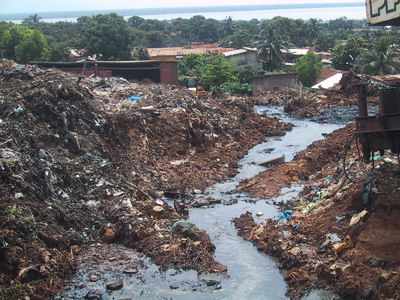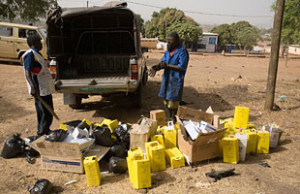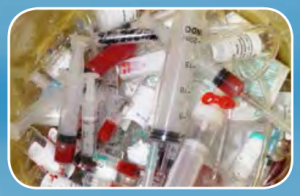DEFINITION.
CAUSES.
EFFECTS OF GLOBAL WARMING.
LITERATURE REVIEW.
Global warming causes and effect on the environment.
Definition: Oxford dictionary, USGS.gov article on climate and land use change, nrdc.org article on global warming 101, Britannica article on global warming.
Causes: WWF.org.nz write up on causes of climate change.
DEFINITION.
Global warming is the gradual rise in the earth’s general temperature due to the greenhouse effect of increased levels of greenhouse gases.
Global warming from oxford dictionary is the gradual increase in the overall temperature of the earth’s atmosphere generally attributed to the greenhouse effect caused by the increased levels of carbon dioxide, CFCs, and other pollutant.
Greenhouse gases are gases in the earth’s atmosphere that absorbs and emits infrared radiation. i.e trap heat. These gases let sunlight pass through the atmosphere, but they prevent the heat from the sunlight leaving the atmosphere thereby warming the planet. Examples of greenhouse gases are water vapour, carbon dioxide, methane, nitrous oxide, ozone and chlorofluorocarbons (CFCs).
Greenhouse effect is the process by which the radiation from a planet’s atmosphere warms the planet’s surface to a temperature above what it would be without this atmosphere.
CAUSES OF GLOBAL WARMING.
The causes of global warming is numerous but the most common cause is human activities. Below are a few causes of global warming;
- Burning of fossil fuels to create electricity and power vehicles.
- Deforestation: plants make use of carbon dioxide in the atmosphere to make their food (photosynthesis) and in return release oxygen to the atmosphere. Cutting down trees causes an increase in carbon dioxide in the atmosphere.
- The use of nitrogen-rich fertilizers the amount of stored heat by cropland.
- Improper waste disposal and treatment also causes an increase in greenhouse gases. Trashes at dumpsites breaks down in landfills and this releases methane and nitrous oxide gases.
- Eruption of volcanoes causes the massive expulsion of carbon dioxide.
Other causes are;
- Increasing livestock farming; cows and sheep produce large amount of methane when they digest food.
- Fluorinated gases emitted from equipment and products that uses these gases.
EFFECTS OF GLOBAL WARMING.
There are so many effects of global warming on the environment, health, and human activities. To mention a few below;
- A rise in sea level leading to loss of coastal land.
- Loss of agricultural productivity due to drought especially in Africa.
- Heatwaves due to an abnormal increase in temperature.
- Increased risk of wild fire.
- Increased amount of rainfall and increased drought in different geographical location.
- Increased risk of illness incidence and death rate.







